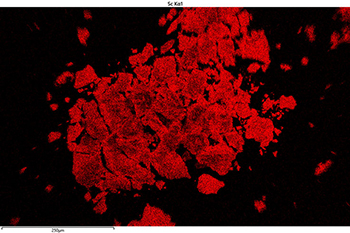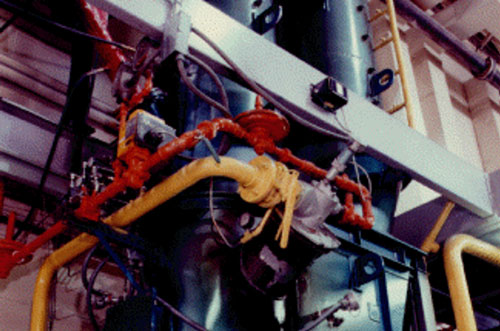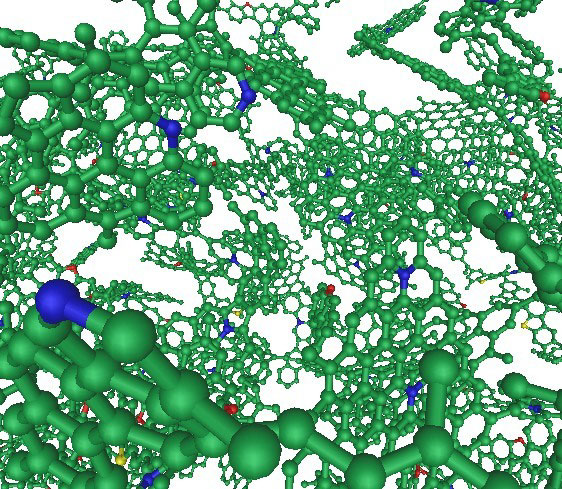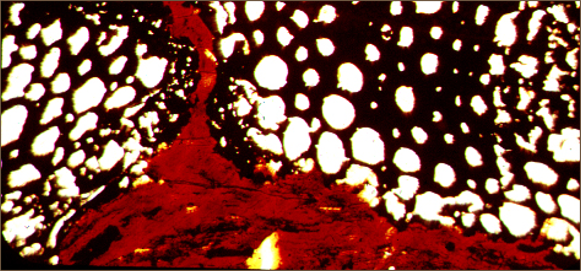Penn State has a long history of coal science and technology dating back to the 1930s*. We are one of the leading coal research centers internationally. Throughout our history, we have been active in practically all aspects of coal research. Traditional research areas include coal combustion, coal processing, direct coal-to-liquids (including coal-derived jet fuel), coal gasification, coal structure, coal petrology, coal coking, environmental controls, coal beneficiation, coal water slurry, and coal ash-chemistry with all ranks of coal. In addition, our emerging areas of coal research include enhanced coalbed methane and CO2 sequestration in coal, oxy-combustion, advanced coal gasification, co-firing coal-biomass, ionic liquids treatment, microwave applications to coal, application of X-ray computed tomography technique, and others. We are one of the two National Research Centers in Coal.
* Non-mining coal theses date back to the early 1900s
Research
Carbon Capture and Storage
 Anthropogenic CO2 emissions, along with other greenhouse gases, are contributing to the rapid change in global climate. Many of the largest point sources of CO2 emissions are in the electric utility sector, along with cement and other energy-intensive industries. Accordingly, several research programs are being conducted at the EMS Energy Institute in the areas of carbon capture and storage.
Anthropogenic CO2 emissions, along with other greenhouse gases, are contributing to the rapid change in global climate. Many of the largest point sources of CO2 emissions are in the electric utility sector, along with cement and other energy-intensive industries. Accordingly, several research programs are being conducted at the EMS Energy Institute in the areas of carbon capture and storage.





